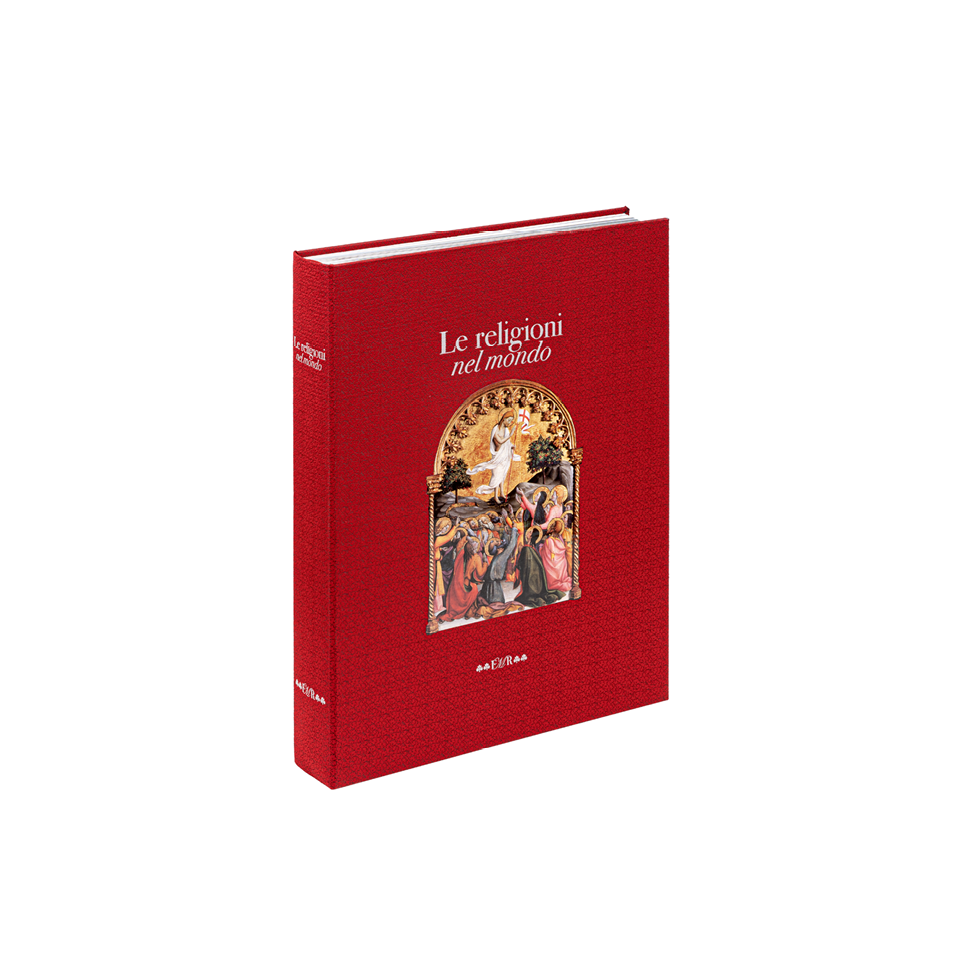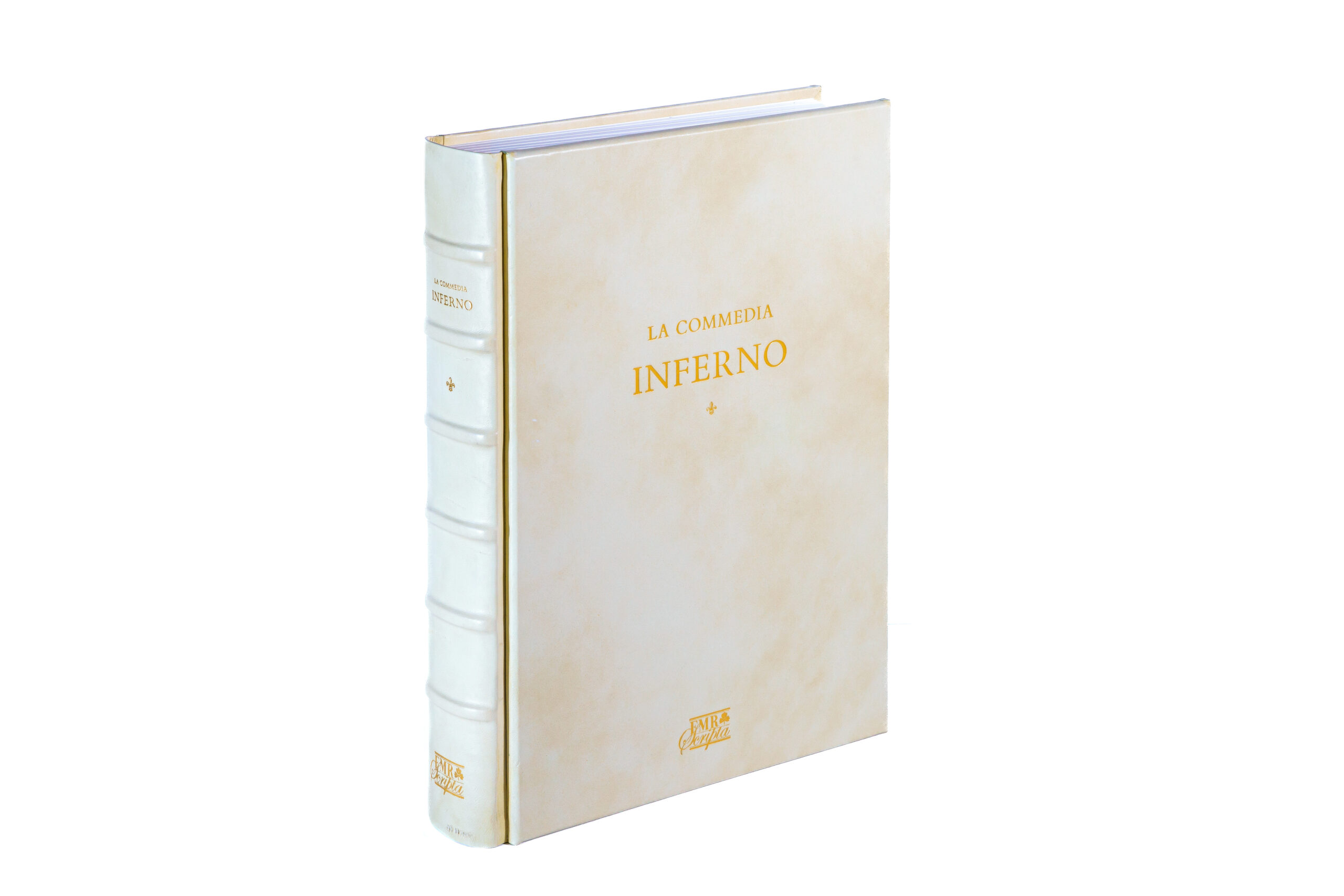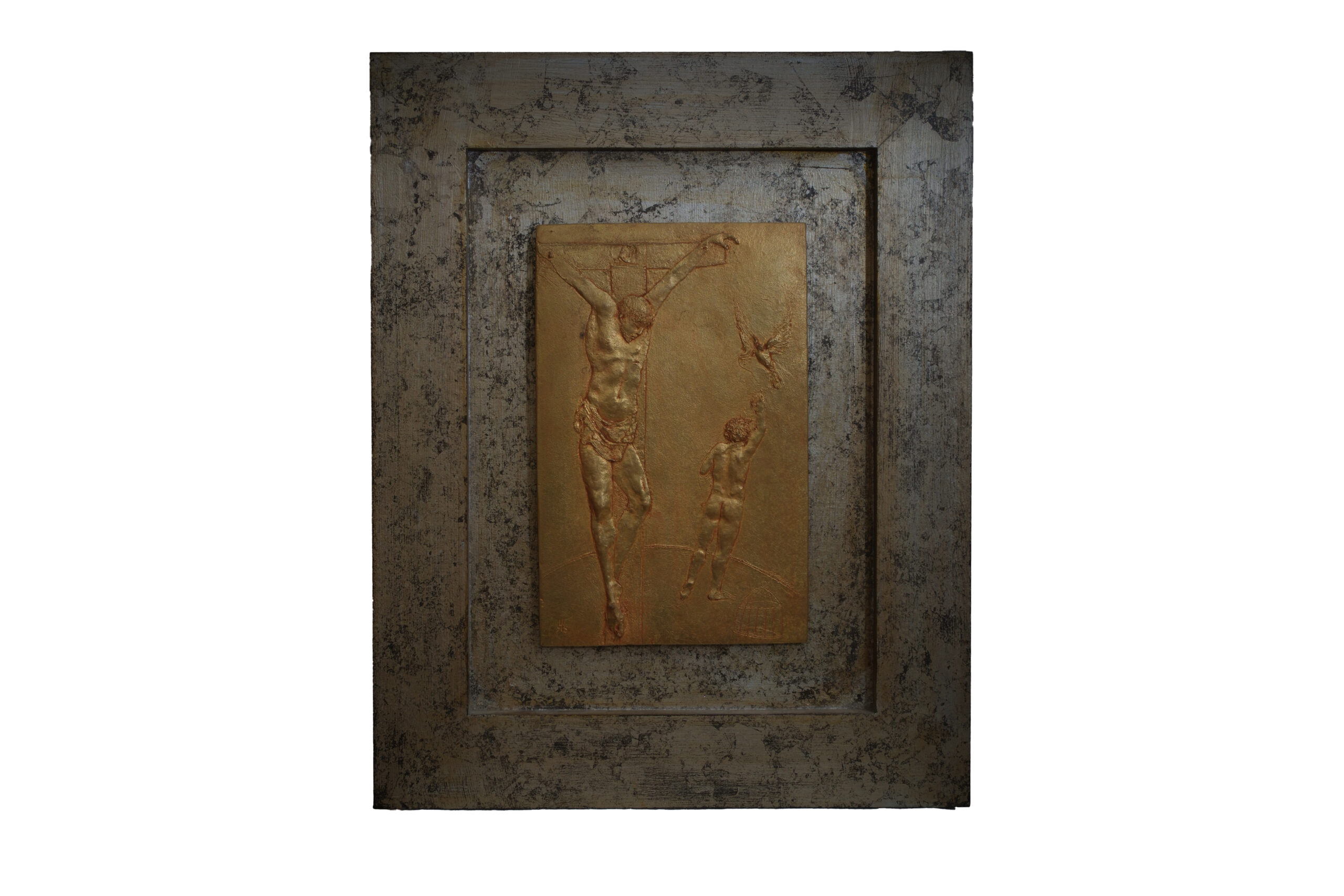Artworks by Ugo Riva available through our collectors.
MULTIPLE ARTWORKS

Libro d’Ore
LOTTO 353, 375

Le religioni nel mondo di S. Em. Il Cardinal Paul Poupard
LOTTO 394

Le religioni del mondo
LOTTO 127, 219, 293

Canti
LOTTO 2758

La Commedia. Inferno, Purgatorio, Paradiso
LOTTO 2756

La Croce della Vita
LOTTO 2676
